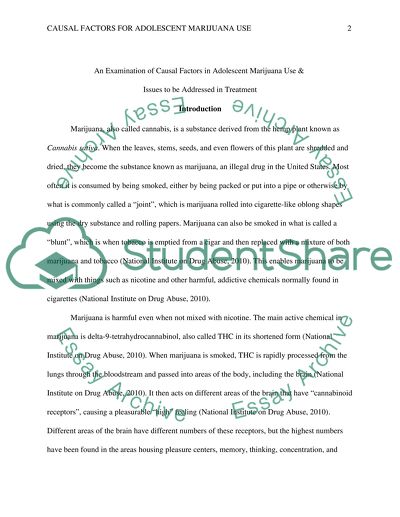Cite this document
(“Causal Factors in Adolescent Marijuana Use Research Paper”, n.d.)
Retrieved from https://studentshare.org/psychology/1443995-adolescent-drug-use
Retrieved from https://studentshare.org/psychology/1443995-adolescent-drug-use
(Causal Factors in Adolescent Marijuana Use Research Paper)
https://studentshare.org/psychology/1443995-adolescent-drug-use.
https://studentshare.org/psychology/1443995-adolescent-drug-use.
“Causal Factors in Adolescent Marijuana Use Research Paper”, n.d. https://studentshare.org/psychology/1443995-adolescent-drug-use.


